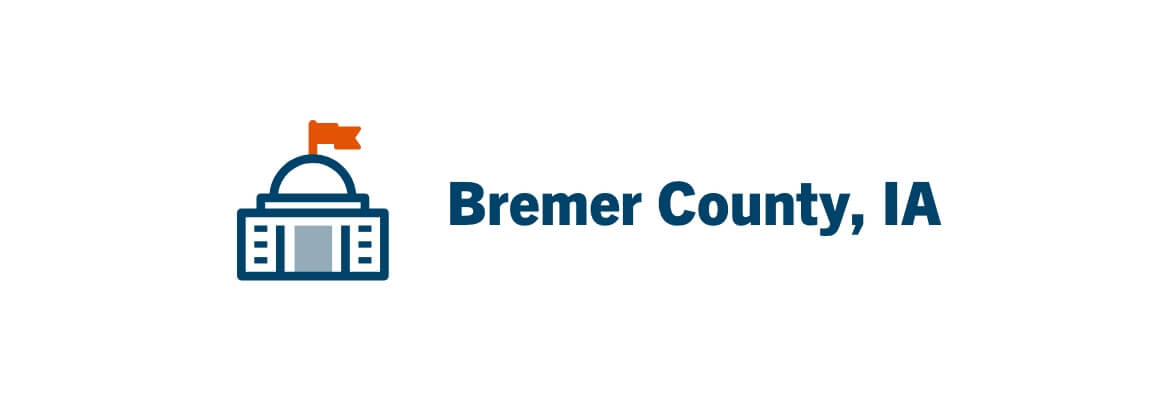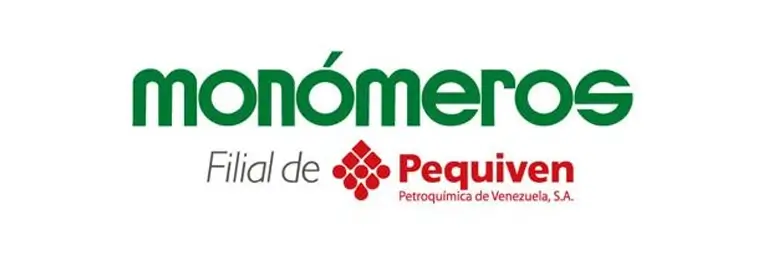Bremer County
4 min read
Bremer County, IA, faced a problem not unique to modest-sized municipalities: after making a significant investment in a document management system to manage its land records, users had a hard time letting go of the paper. “Scanning files was a very manual process—it took hours to scan and index even small stacks of paper,” remembers Nate Koehler, Bremer County IT Administrator. “Staff would get frustrated and just not use the system at all.”
Besides the already low user adoption rate, the county faced stringent formatting for annual submission of digital copies of its land management records (“fee book pages”) to the state’s County Land Records Information Services (CLRIS) agency—now the Iowa Land Records System (ILR)—utilizing an application provided by the state to upload images. Or at least it was supposed to.
“We were never able to get this integration set up with our old system,” Koehler admits. “We had to pay the ILR an extra $2,500 in fees because we were simply unable to submit our images to the state.”
Agility in Action, Part 1: A New System for Less Than an Upgrade
By January of 2010, Koehler faced a challenge—and a choice. The county was on version 5 of EMC Application Xtender (AX), and it was being phased out by provider EMC/Documentum. So not only was Koehler’s team facing a mandatory upgrade, but also a service agreement renewal. And they were still likely facing $2,500 annually in fees to the state for fee book page submission.
“We were looking at a substantial enough reinvestment to retain our current system that it made sense to start looking at other solutions,” he says.
Koehler researched other CLRIS/ILR-approved systems and discovered Laserfiche via Advanced Systems, Inc. (ASI) based nearby in Waterloo, IA, which had a relationship with the county from servicing its printer and copiers. ASI solutions consultant Steve Lewis showed Koehler how the Laserfiche Quick Fields Zone OCR component could capture and index information from specific areas of land records forms, which could then be used to submit images to ILR utilizing the state’s uploading application.
What’s more, implementing Laserfiche could address all of the county’s information management needs in a single system—at less cost than upgrading its existing system.
Agility in Action, Part 2: Deployment to Six Departments in Two Months
In March 2010, Bremer County purchased a 24-user Laserfiche Avante system with Laserfiche Quick Fields advanced capture, Laserfiche Import Agent and Laserfiche SDK. Just two months later, Laserfiche was successfully deployed to six county departments:
- Auditor
- Treasurer
- Attorney
- Recorder
- Assessor
- Building and Zoning
Each department was equipped with a scan station that Shane Peterson, solutions engineer at Advanced Systems, set up to automatically recognize and retrieve index information based on the standard forms used by each department.
The impact on scanning efficiency was immediate: in the Assessor’s office, four stacks of tax credit forms two feet tall were scanned and indexed within a few days. “Laserfiche Quick Fields automated all our scanning processes in all our departments,” Koehler says.
Agility in Action, Part 3: Six Months of Scanning in Less Than a Week
To illustrate the scale of improvement, Koehler uses the example of Bremer County’s Zoning Department. “Zoning was six months behind on their scanning,” he begins. “It would have taken staff over a month and a half to scan in all those documents using our old system. Instead, using Laserfiche Quick Fields, we were able to get those documents scanned in less than a week.”
At the same time, Koehler adds, staff who had given up on the previous system and scanning in general have warmed up to Laserfiche. “I am starting to see more people getting rid of the paper and using Laserfiche,” he says.
The end result of significantly improved scanning, Koehler says, is the reclaimed staff time. “We can devote the man hours we save from scanning for other projects.”
Agility in Action, Part 4: Integration Saves $2,500 in Fines
By November of 2010, Bremer County was submitting land records’ fee book pages automatically to the ILR, thanks to a combination of Laserfiche Quick Fields, Laserfiche Workflow and a custom integration developed by ASI:
- When staff in the Recorder’s Office scan land records, Laserfiche Quick Fields automatically retrieves index information from the image utilizing Zone OCR and Pattern Matching.
- Laserfiche Workflow then sends the image from a processing folder to a completed folder in the Laserfiche repository, where a custom integration exports the image and index information into an XML file.
- The XML file is then used to send the image to the state.
- This index information is then searchable by both the county and the state to tie the image to other pertinent index information about the land record.
Koehler says this process is not only more efficient, but more cost-effective, too. “We’re no longer charged $2,500 in fines for not providing the digital documents to the state that was such a problem with our old system,” he says.
Agility in Action, Part 5: Adding the Sheriff’s Office and More
The newest chapter of Bremer County’s information management overhaul has been the 2011 addition of five more named users for the Sheriff’s Office, which will use its own repository to catalogue video, photographs, ticketing, incident reports and other documents. The expanded implementation will include Laserfiche Web Access to enable the county attorney to retrieve information without going to the Sheriff’s Office to request that a detective put files on a disk for the attorney to review.
Koehler notes that with the addition of the Sheriff’s Office comes enhanced document security concerns. “We’ll be utilizing the auto-redaction capabilities of Laserfiche Quick Fields for more sensitive information, but we’re also able to manage the system from a central point of control,” he says.
Laserfiche use, Koehler predicts, will keep growing with each departmental success story. “The remaining three departments that don’t use Laserfiche are seeing how much the other departments love its ease of use and speed, so they’re starting to ask how they can use it too.”





